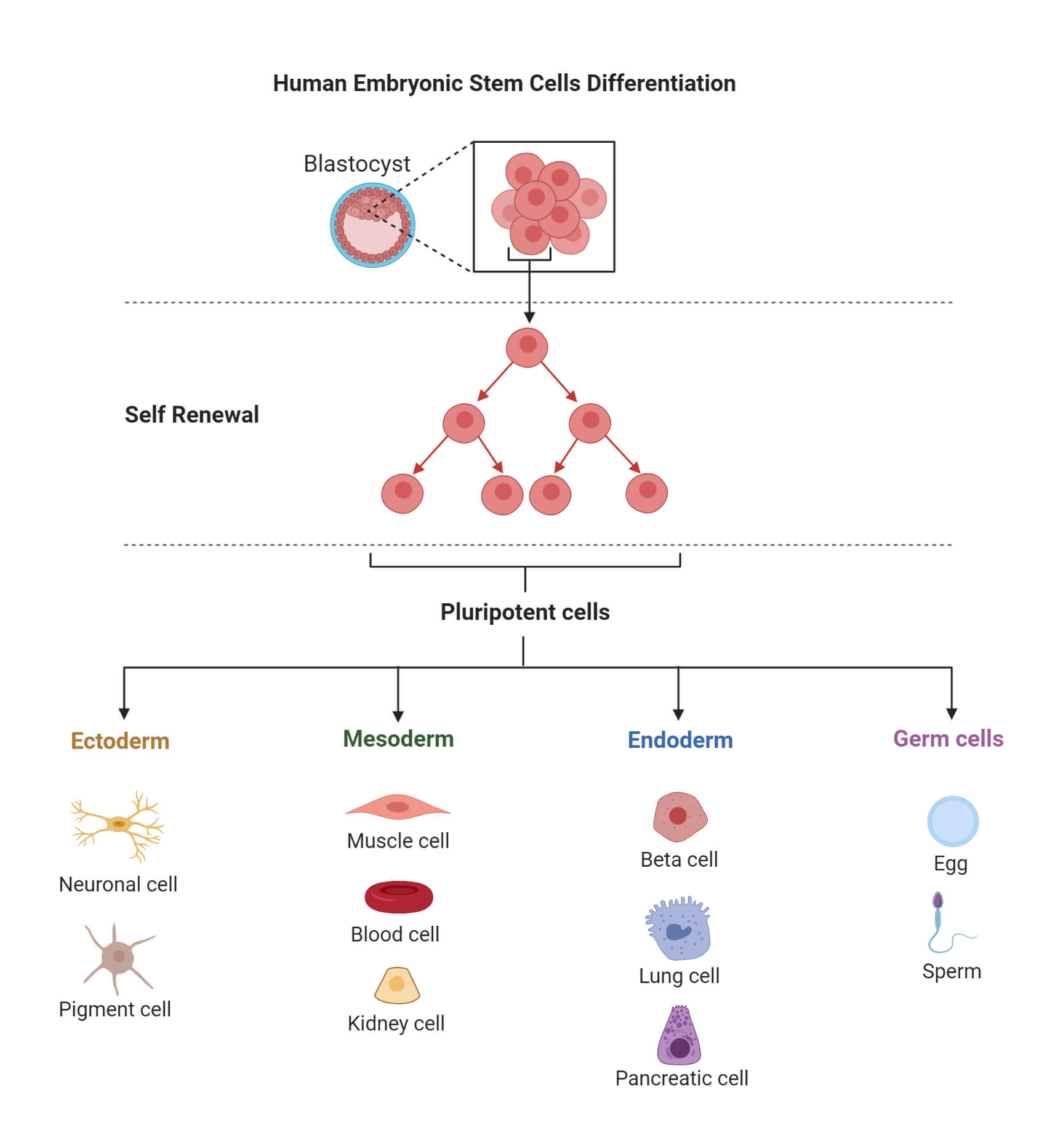Table of Contents

[/image][=video]
[/video]
Viscosupplementation: Shot of hyaluronic acid into intra-articular room can bring back the thickness and elasticity of osteoarthritic synovial fluid. HA plays an important function in shock absorption, lubrication, and the visco-elastic nature of the synovial liquid. Prolotherapy: Prolotherapy is the shot of a remedy to refurbish an inexperienced framework and promote sclerosis at the injection website.
Greater than one therapy session might be needed before results are really felt and, similar to any kind of treatment, results are not ensured. A stem cell does not offer a specific physical function, but it can develop right into a cell that does, such as a cartilage material cell or a tendon cell. Physicians that use stem cell treatment believe that, when positioned into a specific environment, stem cells can transform to satisfy a certain need.
PRP can be infused or related to the hurt location during a surgical treatment See PRP Treatment for Persistent Tendon Injuries To make PRP, blood is drawn from the individual and after that processedoften using a centrifugeto create a focused solution of platelets and plasma (PRP). See Platelet-Rich Plasma Injection Treatment: All PRP is not the exact same.
Swelling enhances blood circulation and draws in cellsgranulocytes, monocytes, macrophages and fibroblaststhat can repair and recover damaged tissues. During prolotherapy, a medical professional injects an irritant into the damaged area, which momentarily boosts inflammation.
Perimenopause Treatment around Wyandotte

Prolotherapy in some cases makes use of PRP as an irritant, yet prolotherapy is not by interpretation a cellular treatment. The most generally utilized toxic irritant is dextrose, a basic sugar. Substances such as glycerine or saline may also be used.: Compared to other regenerative medicine therapies, such as stem cell and PRP shots, there is not a great deal of professional research study pertaining to prolotherapy and its efficiency.
Different strategies might be used to try to repair cartilage material, including yet not limited to: Making little cuts or abrasions in the bone straight listed below the cartilage injury. The goal is that the blood from the damaged bone will certainly assist in new cartilage material cell growth. Transplanting cartilage material from an additional component of the patient's body, a benefactor, or pet.
Regenerative medication seeks to change cells or organs that have been damaged by age, illness, trauma, or genetic issues, vs. the present professional approach that focuses primarily on treating the signs. The tools made use of to recognize these outcomes are tissue design, cellular therapies, and medical devices and synthetic body organs. Combinations of these approaches can amplify our natural healing procedure in the areas it is needed most, or take control of the function of a completely damaged organ.
When wounded or gotten into by illness, our bodies have the natural reaction to heal and defend. The appealing area of regenerative medication is functioning to restore framework and function of broken cells and body organs.
Regenerative Therapy servicing Wyandotte, Michigan
The goal of this technique is to develop transformative healthcare remedies that will possibly treat formerly untreatable injuries and illness. Cells engineering is a method where naturally suitable scaffolds are implanted in the body at the website where new cells is to be developed. If the scaffold remains in the geometric shape of the tissue that requires to be produced, and the scaffold brings in cells the outcome is new tissue in the shape desired.

Millions of patients have been treated with some form of tissue crafted tools, yet the field is in its early stage. Several millions of adult stem cells are discovered in every human.
For more information regarding some of the promising studies and scientific tests involving mobile therapies, visit this site. In cases where an organ falls short, the primary medical strategy is to hair transplant a replacement organ from a donor. The principal obstacles are the availability of contributor body organs, and the need that the benefactor take immunosuppression drugswhich have side impacts.
Hormone Therapy around Wyandotte, Michigan
Regenerative medicine spans a large range of disciplines in medicine, biology, design, and various other areas of scientific research study. While there are just a limited number of authorized regenerative medicine therapies for patients today, numerous possible therapies remain in professional trials, or will certainly be quickly. These meanings are planned to aid you recognize terms you may hear as regenerative medicine becomes an extensive subject of conversation.
Biomaterials is an increasingly sophisticated modern technology that blends concepts of engineering and biology to drive discovery and testing of therapies. The term broadly describes materials that are developed for the functions of communicating with living cells, tissues, organ, and systems. Biomaterials can be stemmed from natural sources, like proteins or sugars, or from synthetic materials, like polymers, steels, or plastic.
One popular group of biomaterials, recognized as hydrogels, are water-based frameworks with adjustable residential properties to house cells in 3D areas that simulate conditions in living cells. Next-generation biomaterials can be changed in real-time to route how cells work in 3D room. Disease modeling is the use of pets, stem cells, and crafted tools to examine human conditions without the need for human topics.
Medical Group local to Wyandotte
Diet plan, lifestyle, direct exposure to sunshine, and aging are all aspects that can trigger epigenetic changes. In the field of regenerative medication, researchers study just how epigenetic modifications contribute to disease-causing anomalies. In one investigation, ISCRM researchers become part of an effort to establish a genetics treatment to aid kids and canines with an uncommon muscle mass disorder to walk and flourish.
Navigation
Latest Posts
Menopause Treatment in Wyandotte, Michigan
Hormone Therapy
Medical Group around Wyandotte